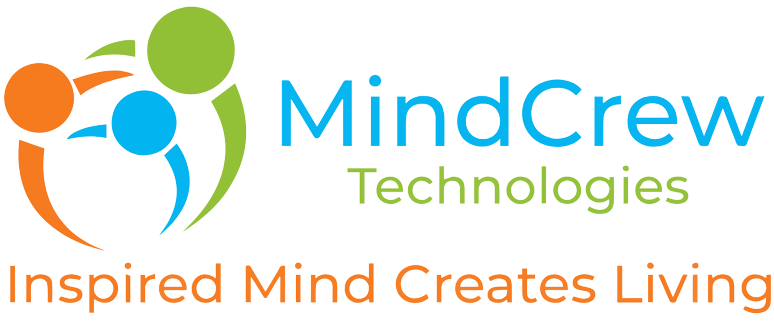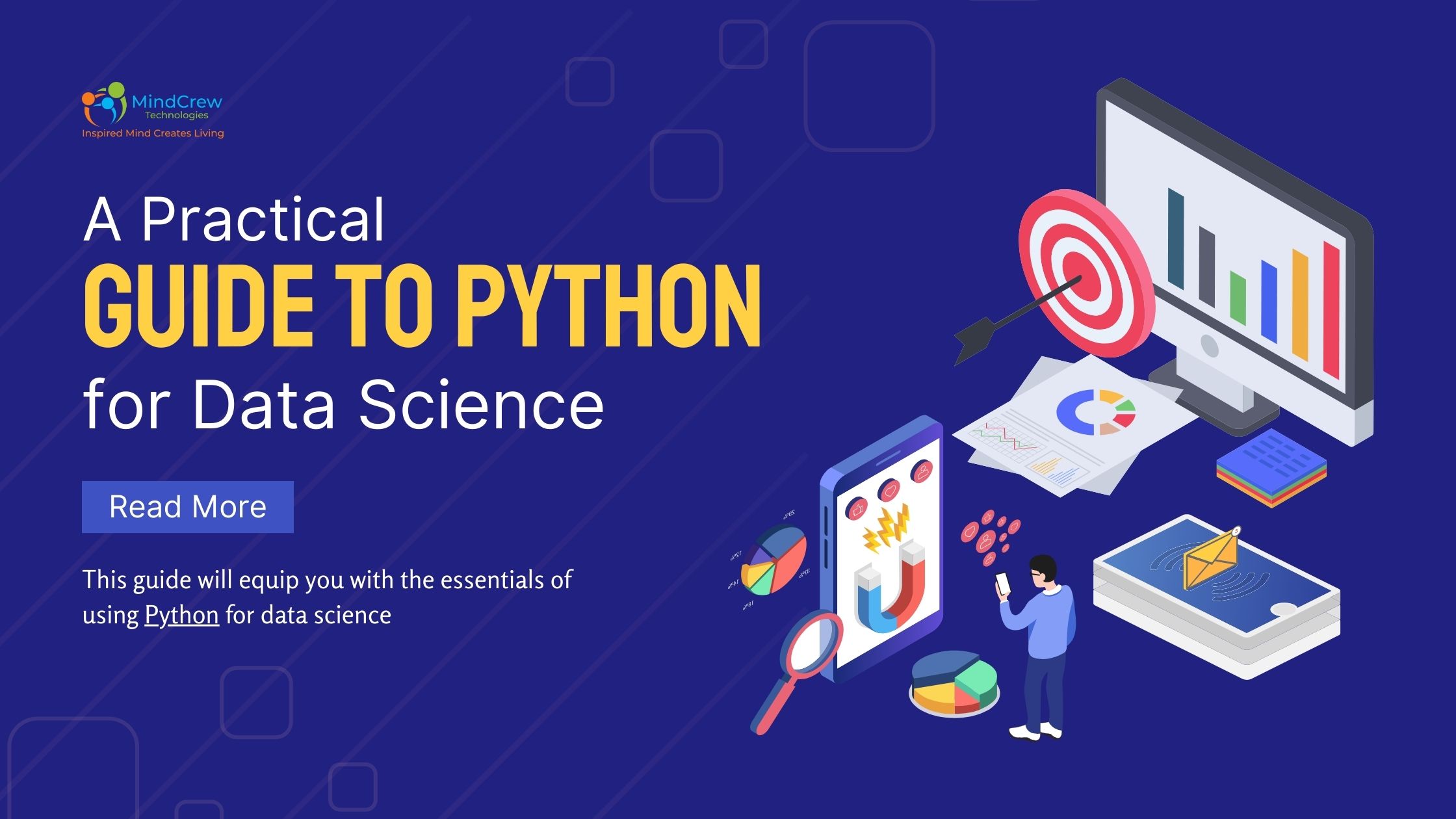A Practical Guide to Python for Data Science
In today’s data-driven world, the ability to extract insights from information is a powerful asset. Python, a versatile and beginner-friendly programming language, has become the go-to tool for data scientists. Whether you’re a seasoned analyst or just starting your journey, this guide will equip you with the essentials of using Python for data science.
Why Python?
Python’s popularity in data science stems from several key advantages:
- Easy to Learn: Python’s syntax is clear and readable, making it easier to pick up compared to other languages.
- Extensive Libraries: A rich ecosystem of libraries like NumPy, pandas, and Matplotlib empowers you to handle complex data manipulation, analysis, and visualization tasks.
- Open-Source Community: A vast and supportive community provides learning resources, troubleshooting assistance, and access to cutting-edge advancements.
Getting Started with Python
The first step is setting up your Python environment. Here’s a quick breakdown:
- Download Python: Head over to https://www.python.org/downloads/ and install the latest version of Python for your operating system.
- Choose an IDE: An Integrated Development Environment (IDE) provides a user-friendly interface for writing and running Python code. Popular options include PyCharm, Visual Studio Code, or Jupyter Notebook (particularly useful for data science due to its interactive nature).
Essentials for Data Wrangling
Data rarely comes in a perfect format. Python helps you wrangle this data into a usable state:
- NumPy: This library excels at numerical computations. It allows you to create efficient arrays for storing and manipulating large datasets.
- pandas: Considered the workhorse of data analysis, pandas offers powerful data structures called DataFrames, which act like flexible spreadsheets on steroids. You can load data from various sources (CSV, Excel, databases), clean it by handling missing values and inconsistencies, and perform aggregations and calculations with ease.
Data Visualization: Making Insights Clear
Data visualization is crucial for presenting your findings effectively. Here’s where libraries like Matplotlib and Seaborn come in:
- Matplotlib: The foundation for many other visualization libraries, Matplotlib provides a wide range of plotting functionalities, from basic line charts to complex 3D visualizations.
- Seaborn: Built on top of Matplotlib, Seaborn offers a high-level interface for creating aesthetically pleasing and informative statistical graphics with minimal code.
Exploring the Realm of Data Science
With your data wrangling and visualization skills in place, you can delve deeper into data science:
- Machine Learning: Python is a powerhouse for machine learning, a field that allows computers to learn from data without explicit programming. Libraries like scikit-learn provide tools for building various machine learning models for tasks like classification, regression, and clustering.
- Data Mining: Uncover hidden patterns and relationships within large datasets using techniques like association rule learning and anomaly detection, often implemented with libraries like scikit-learn and PyTorch.
Beyond the Basics
As you progress, consider these additional resources:
- Online Courses: Platforms like Coursera, edX, and Udemy offer a plethora of Python and data science courses for all levels.
- Books: Classic texts like “Python for Data Analysis” by Wes McKinney and “Hands-On Machine Learning with Scikit-Learn, Keras & TensorFlow” by Aurélien Géron provide in-depth knowledge.
The Final Word
The journey into data science with Python is both rewarding and practical. By mastering the fundamentals outlined here and continuously exploring resources, you’ll unlock the power to transform data into valuable insights, propelling you towards a data-driven future. Remember, the most important step is to begin. So, fire up your Python environment, and get ready to make a difference!







